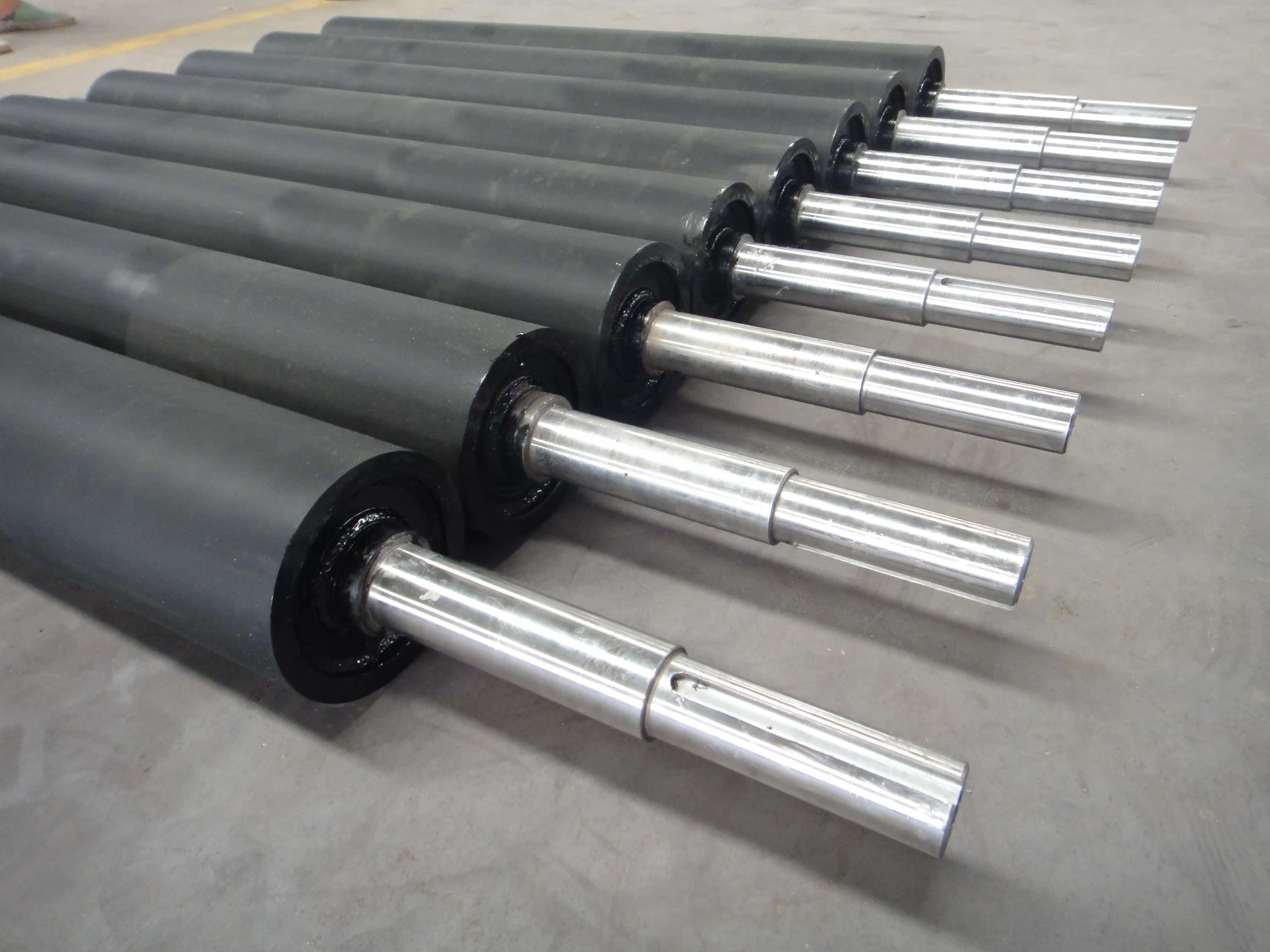 Afrikaans
Afrikaans  Albanian
Albanian  Amharic
Amharic  Arabic
Arabic  Armenian
Armenian  Azerbaijani
Azerbaijani  Basque
Basque  Belarusian
Belarusian  Bengali
Bengali  Bosnian
Bosnian  Bulgarian
Bulgarian  Catalan
Catalan  Cebuano
Cebuano  Corsican
Corsican  Croatian
Croatian  Czech
Czech  Danish
Danish  Dutch
Dutch  English
English  Esperanto
Esperanto  Estonian
Estonian  Finnish
Finnish  French
French  Frisian
Frisian  Galician
Galician  Georgian
Georgian  German
German  Greek
Greek  Gujarati
Gujarati  Haitian Creole
Haitian Creole  hausa
hausa  hawaiian
hawaiian  Hebrew
Hebrew  Hindi
Hindi  Miao
Miao  Hungarian
Hungarian  Icelandic
Icelandic  igbo
igbo  Indonesian
Indonesian  irish
irish  Italian
Italian  Japanese
Japanese  Javanese
Javanese  Kannada
Kannada  kazakh
kazakh  Khmer
Khmer  Rwandese
Rwandese  Korean
Korean  Kurdish
Kurdish  Kyrgyz
Kyrgyz  Lao
Lao  Latin
Latin  Latvian
Latvian  Lithuanian
Lithuanian  Luxembourgish
Luxembourgish  Macedonian
Macedonian  Malgashi
Malgashi  Malay
Malay  Malayalam
Malayalam  Maltese
Maltese  Maori
Maori  Marathi
Marathi  Mongolian
Mongolian  Myanmar
Myanmar  Nepali
Nepali  Norwegian
Norwegian  Norwegian
Norwegian  Occitan
Occitan  Pashto
Pashto  Persian
Persian  Polish
Polish  Portuguese
Portuguese  Punjabi
Punjabi  Romanian
Romanian  Russian
Russian  Samoan
Samoan  Scottish Gaelic
Scottish Gaelic  Serbian
Serbian  Sesotho
Sesotho  Shona
Shona  Sindhi
Sindhi  Sinhala
Sinhala  Slovak
Slovak  Slovenian
Slovenian  Somali
Somali  Spanish
Spanish  Sundanese
Sundanese  Swahili
Swahili  Swedish
Swedish  Tagalog
Tagalog  Tajik
Tajik  Tamil
Tamil  Tatar
Tatar  Telugu
Telugu  Thai
Thai  Turkish
Turkish  Turkmen
Turkmen  Ukrainian
Ukrainian  Urdu
Urdu  Uighur
Uighur  Uzbek
Uzbek  Vietnamese
Vietnamese  Welsh
Welsh  Bantu
Bantu  Yiddish
Yiddish  Yoruba
Yoruba  Zulu
Zulu conveyor pulley specification
Understanding Conveyor Pulley Specifications
Conveyor systems play a critical role in many industries, from manufacturing to logistics, aiding in the transport of materials efficiently and reliably. At the heart of these systems lies the conveyor pulley, a fundamental component that influences the performance and longevity of the conveyor belt. Understanding the specifications of conveyor pulleys is crucial for designing, selecting, and maintaining an efficient conveyor system.
Types of Conveyor Pulleys
Before delving into specifications, it’s essential to recognize the different types of conveyor pulleys commonly used in industry. The primary categories include
1. Drive Pulleys These are the pulleys that provide the motion and drive the conveyor belt forward. They are typically located at the head of the conveyor system. 2. Return Pulleys Also known as tension pulleys, these support the return section of the belt, helping to keep it taut and aligned.
3. Idler Pulleys Positioned between drive and return pulleys, idler pulleys support the belt and allow material to be transported smoothly.
4. Tail Pulleys Found at the end of the conveyor, tail pulleys help guide the belt and maintain its alignment.
Each type of pulley has distinct specifications that cater to its function within the conveyor system.
Key Specifications for Conveyor Pulleys
1. Diameter The diameter of the pulley affects the belt's capacity and the amount of tension in the system. Larger diameters typically allow for greater material handling and less wear on the belt.
2. Belt Width The width of the pulley must match the width of the conveyor belt. Proper alignment is critical to avoid wear and tear on both the belt and the pulleys.
conveyor pulley specification

3. Material Pulleys are commonly made from various materials, including steel, aluminum, and rubber. The choice of material influences durability, weight, and the overall cost of the pulley.
4. Face Length This refers to the width of the pulley itself. A longer face length can increase the pulley’s ability to support larger loads and improve tracking.
5. Shaft Size and Type The shaft is a vital part of the pulley, affecting the pulley’s load capacity and the method of attachment to a motor. Specifications like diameter and material (often carbon steel) are critical.
6. Crown Radius The crown refers to the curvature on the pulley face, which helps with belt tracking. A proper crown radius minimizes belt slip and enhances performance.
7. Load Capacity Each pulley has a rated load capacity indicating the maximum weight it can handle without failure. This is influenced by the size and material of the pulley.
8. Lagging The surface of the pulley might be lagged (covered with a layer of material) to improve friction and grip with the conveyor belt, reducing slippage. Lagging materials include rubber, ceramic, and other composites.
Ensuring Optimal Performance
To ensure the reliability of a conveyor system, it’s essential to select pulleys that match both the operational environment and the specific material handling requirements. Regular maintenance should also be performed to check for signs of wear and tear, ensuring that the pulleys are functioning correctly and prolonging the life of the conveyor belt.
Conclusion
In conclusion, an in-depth understanding of conveyor pulley specifications is vital for anyone involved in the design, selection, or maintenance of conveyor systems. By considering factors such as pulley type, material, diameter, load capacity, and other critical specifications, industries can enhance their material handling processes. Investing time in understanding these specifications not only ensures the efficiency of the conveyor system but also contributes to decreased operational costs and increased productivity. Whether in a quarry, warehouse, or manufacturing facility, the choice of conveyor pulleys can significantly influence the success of material transport operations.
-
Revolutionizing Conveyor Reliability with Advanced Rubber Lagging PulleysNewsJul.22,2025
-
Powering Precision and Durability with Expert Manufacturers of Conveyor ComponentsNewsJul.22,2025
-
Optimizing Conveyor Systems with Advanced Conveyor AccessoriesNewsJul.22,2025
-
Maximize Conveyor Efficiency with Quality Conveyor Idler PulleysNewsJul.22,2025
-
Future-Proof Your Conveyor System with High-Performance Polyurethane RollerNewsJul.22,2025
-
Driving Efficiency Forward with Quality Idlers and RollersNewsJul.22,2025





























